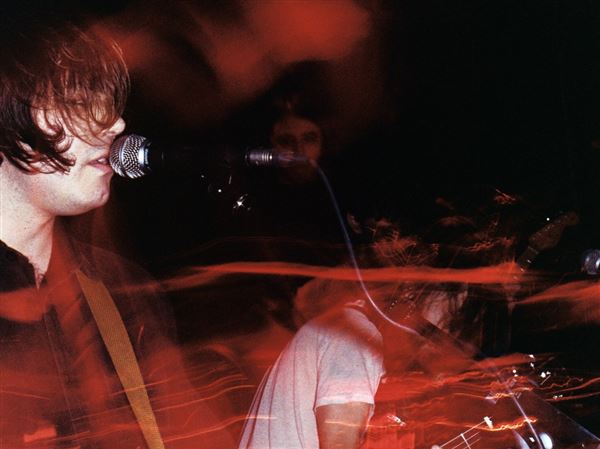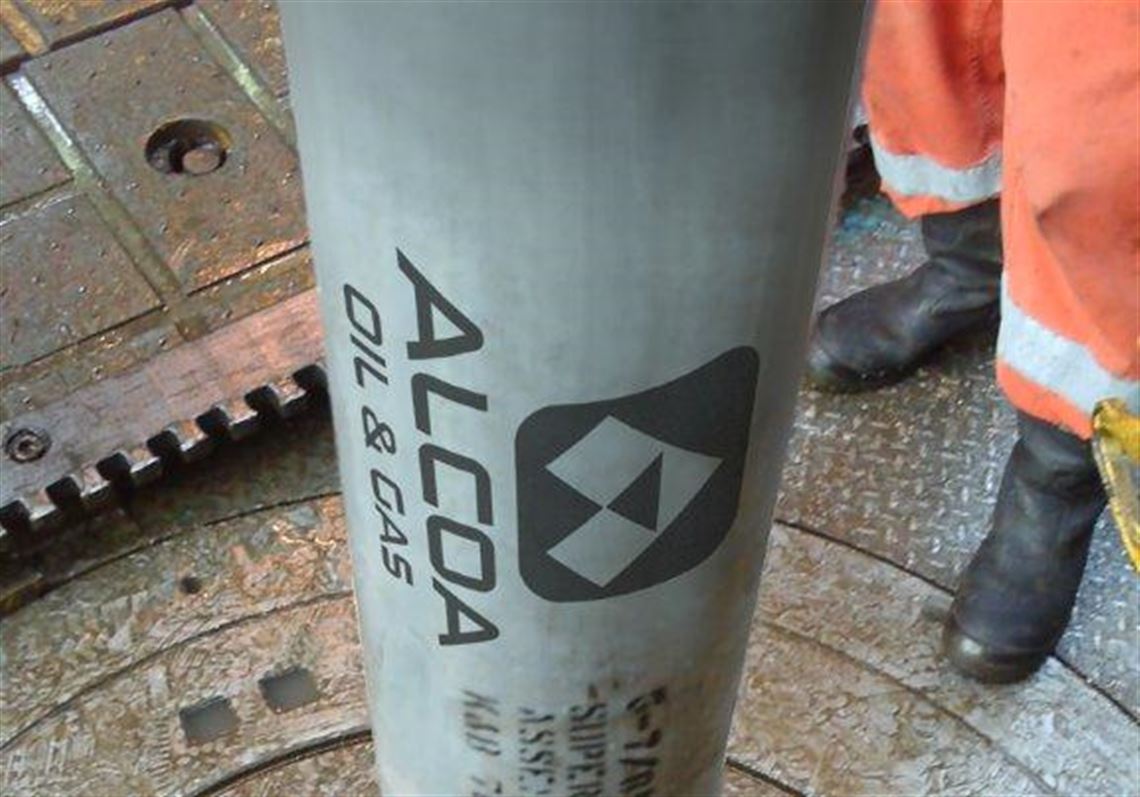Having conquered the skies, Alcoa is looking deep in the layers of earth for the next aluminum market — drill pipe.
Alcoa’s oil and gas division, based in Texas, was founded in the mid-2000s and initially focused on components for deep-water drilling. After 2011, the company started marketing aluminum drill pipe, mostly to an international market.
The oil and gas unit is part of a company-wide effort to move away from being a commodity-driven company to become more of an engineering and full-service organization.
It’s only recently that Alcoa’s oil and gas focus has turned domestic.
In North America, Alcoa has found some takers in the Marcellus and Utica shales, according to Tim Marvel, managing director of its oil and gas division.
Eclipse Resources, for example, tested aluminum pipe on some of its Utica wells hoping to avoid getting a bigger, more expensive rig to pull the weight of a long steel drill string. Supplementing steel pipe with aluminum, the company’s driller was able to go deeper than the 6,000 foot limitation of the rig had it been operating with just steel, saving the operator $150,000, according to an Alcoa case study.
Alcoa is looking for aluminum drill pipe to be incorporated alongside steel, not to replace it. “Just substituting where you need to,” Mr. Marvel said.
This isn't a new application.
Mark Stebbins, district operations superintendent for gas with Consol Energy Inc., recalled using aluminum drill pipe for years when he was with Dominion, which had its shale gas assets purchased by Consol in 2010. Back then, they were drilling shallow, vertical gas wells.
“The advantage is [that] the same rig can drill a deeper depth with the same weight. All you’re doing is switching the drill pipe,” he said.
But the benefit may be moot in the Marcellus, which is shallower than the Utica, and where top hole rigs are “big enough and strong enough to use steel pipe,” he said.
Alcoa is also marketing the aluminum drill pipe for the horizontal portions of wells. That was accomplished with a shale well that was drilled in April in the Eagle Ford Shale by Ryan Directional Services, a division of Bermuda-based Nabors.
When drilling horizontally, drill pipe doesn't have the advantage of gravity as it does in the vertical portion and friction slows it down. Lighter pipe drags less and absorbs less of the power that’s being channeled to the drill bit on the end.
The aluminum pipe is about twice the cost of steel pipe, according to Steven LeFors, global technology manager for Ryan. But the savings are in the amount of time it takes to drill the well and the money saved on rig rentals.
“If a lateral takes 10 days to drill, the savings could be as much as a day of drilling, saving the operator $50,000 to $75,000” in rig costs.
“Initially, operators were cautious about making a change in their normal drilling practices, and no one wanted to be first,” Mr. LeFors said. “It took a little while to find a partner that understood the extensive modeling that was done and saw the benefits.”
But Mr. LeFors is optimistic about the pipe’s prospects in the U.S.
Alcoa signed an exclusivity agreement with the drilling company, stipulating that any operator that wants to try aluminum drill pipe for their horizontal wells in the U.S and Canada using a specific type of motor, must use Ryan to do it.
“As the shale plays have started coming out, that gives us a prime opportunity to introduce this technology,” Mr. Marvel said.
That opportunity is substantial. Mr. Marvel estimated that the global drill pipe market stands somewhere between $1.2 billion and $1.3 billion.
Alcoa has worked with a “handful” of Marcellus and Utica shale operators thus far, Mr. Marvel said, but he declined to give revenue figures for the division.
In August 2012, Alcoa publicized an order for 3,500 feet of aluminum drill pipe from Warren-based Marcellus Shale operator Pennsylvania General Energy.
It’s unclear where the partnership stands now.
"We gave it a try," said Karen Thomas, Pennsylvania Energy’s vice president of human resources, but declined to comment further on its success or potential for continued use.
Anya Litvak: alitvak@post-gazette.com or 412-263-1455.
First Published: September 23, 2014, 6:00 a.m.















